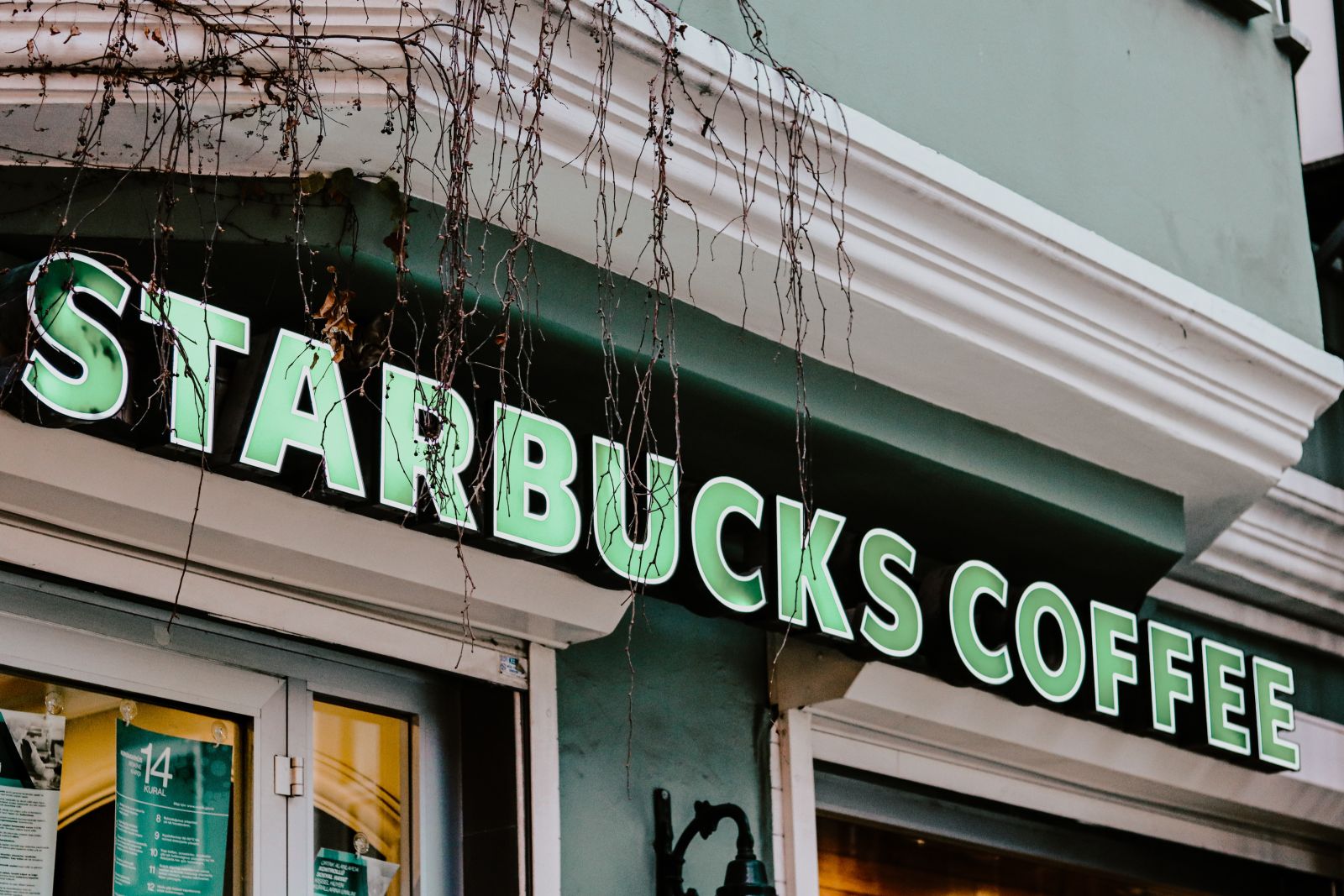
- One of the arguments as to why the US economy has remained strong despite the “experts” continuously calling for an apocalypse has been consumer demand.
- However, the long-term uptrend in consumerism is starting to show some cracks, as indicates by a couple key market indicators of boxed beef and Starbucks.
- McDonald's has become a hybrid between Starbucks and boxed beef, with the strategy to get away from a lower priced menu leading to a quarterly earnings miss as well.
This week we are seeing the release of the latest round of US inflation numbers, with April’s Producer Price Index (PPI), released Tuesday, coming in at 0.5% as compared to the expected 0.3% and previous 0.2%. This put the year-over-year at 2.2% versus the previous 2.1%, igniting the usual debate in financial media over what the next move by the US Federal Open Market Committee will be with interest rates[i]. April’s Core PPI (PPI excluding energy and food) came in at 0.5% versus the expected 0.2%. It will be interesting to see what the April Consumer Price Index (CPI) numbers come in at, with the pre-release average guess sitting at 0.4% and year-over-year (y/y) at 3.4%. Average guesses on the Core CPI were 0.3% and 3.6% (y/y). As usual, I get more entertainment than information from these government numbers, with the real story already in front of us in the form of a few consumer staple markets: Starbucks, boxed beef, and McDonalds.
On Tuesday, April 30, Starbucks (SBUX) reported “weaker-than-expected quarterly earnings and revenue, fueled by a surprise decline in same-store sales”[ii]. To the casual observer this seems logical, given the meteoric rise in coffee prices tied to weather problems in Brazil. The nearby May futures contract (KCK24) hit a high of $2.5370 per pound on April 18, up an $1.10 (76.5%) over roughly 6 months’ time. However, Starbucks’ Q2 ended on March 31, meaning the underlying commodity price had yet to extend its uptrend. This shifts the spotlight from “weaker than expected quarterly earnings”, which might’ve been influenced by the higher commodity price, to the “surprise decline in same-store sales”. The bottom line is consumers weren’t lining up like sheep to be fleeced for their $5 to $10 cup of coffee every morning. Difference choices were apparently being made on the use of discretionary income. For the record, according to the piece on CNBC, this marked the “second quarter that the company’s home market has struggled”, with excuses for Q1 falling in the camp of company’s stance on Israel. Facing reality, the “coffee chain also slashed its forecast for its fiscal 2024 earnings and revenue”.
As I’ve written about before, I look at US boxed beef markets[iii] as an economic indicator market as well. Looking back at the April market we see choice dropped $12.35 for the month while select was down $13.48. This initially grabs our interest because the lower priced cuts of beef lost more than the more expensive cuts. If we dig into the weeds of daily numbers we see the spread between the two markets narrowed to $1.10 (choice minus select) on April 4, likely indicating seasonal (grilling season) demand for hamburger. What makes the drop in boxed beef more interesting is that, according to USDA’s Cold Storage report for March 31, total beef stocks were down 3% from the previous month. Theoretically, that could be interpreted as supplies of beef were tighter heading into April, yet boxed beef prices eroded consistently during the month. Going back to what we learned in Economics 101, if supplies are lower yet prices continue to go down the overriding factor is demand decreasing at a faster rate than supplies. And if demand for high priced US beef is starting to falter, it could be another indicator consumers are making different choices[iv].
Historically, when wallets get light and belts get tight, US consumers turned to McDonald’s (MCD) to fill their cheap hamburger cravings. Similar to Starbucks, McDonald’s reported its latest quarterly earnings in late April and also like the coffee chain, the world’s largest hamburger chain reported “same-store sales fell short of expectations”. A different piece from CNBC reported McDonald’s said, “the average check grew thanks to higher menu prices. But by raising prices, McDonald’s has also scared away some of its low-income customers”. That’s the key. When restaurant business was booming, McDonald’s made the decision to change its menu to more high-brow items[v]. Given this, and despite the chain being around much longer than Starbucks, McDonald’s could be considered that hybrid economic read combining Starbucks and boxed beef. This changes how I’ve historically viewed the company as an inverse economic indicator. Time will tell how if a new long-erm view of McDonald’s is necessary. Last Friday I had an email come in talking about how the company was revamping its value menu to “appeal to thrifty customers”.
[i] The latest look at the Fed Fund futures forward curve still shows the next move to be a rate cut, possibly at the conclusion of the September meeting (September 18).
[ii] From a piece on CNBC.com: (LINK)
[iii] Boxed beef is a controversial subject. Those familiar with the cattle market from cow/calf through slaughter view these USDA reported prices with a great deal of skepticism. While I wasn’t born and raised in the cattle industry, I’ve learned over the years these reported prices might not be 100% accurate. Still, I look at their trends as an economic read.
[iv] Though it isn’t Beyond Meat.
[v] Yes, I know, it is ridiculous to include the phrase “high-brow” in a discussion of McDonald’s food.
On the date of publication, Darin Newsom did not have (either directly or indirectly) positions in any of the securities mentioned in this article. All information and data in this article is solely for informational purposes. For more information please view the Barchart Disclosure Policy here.






